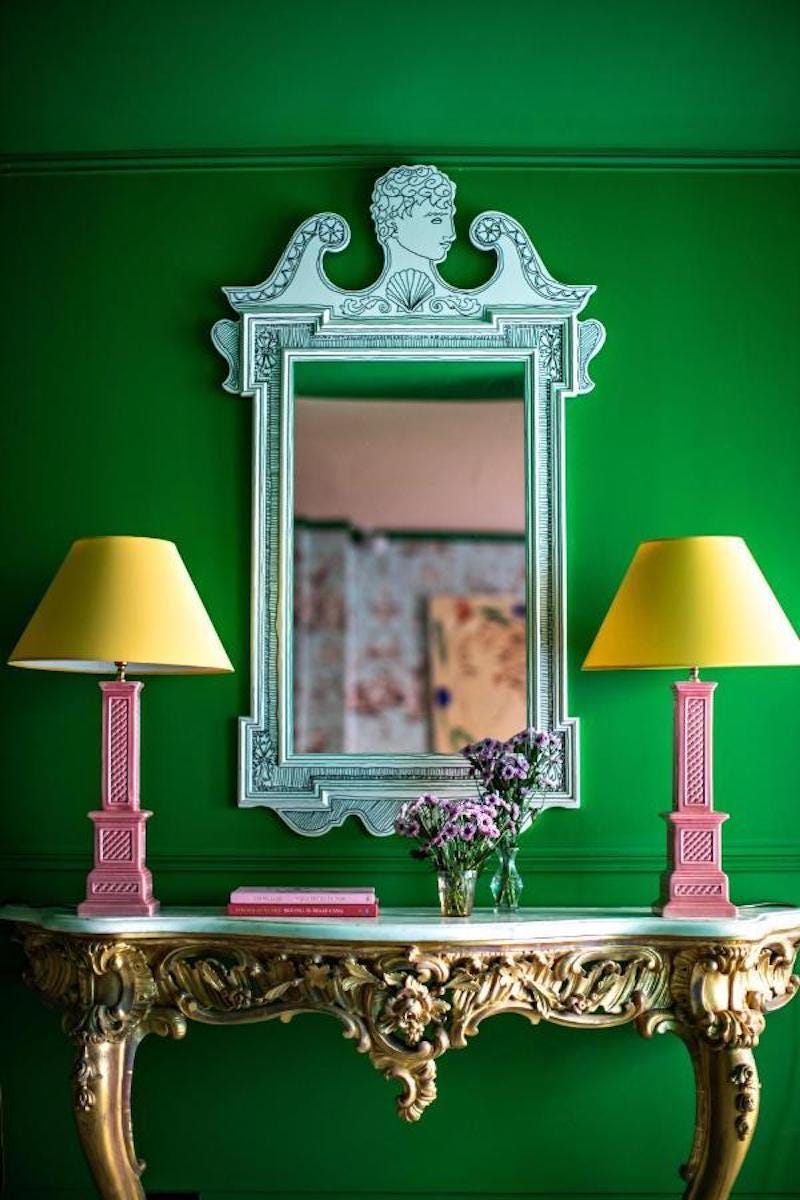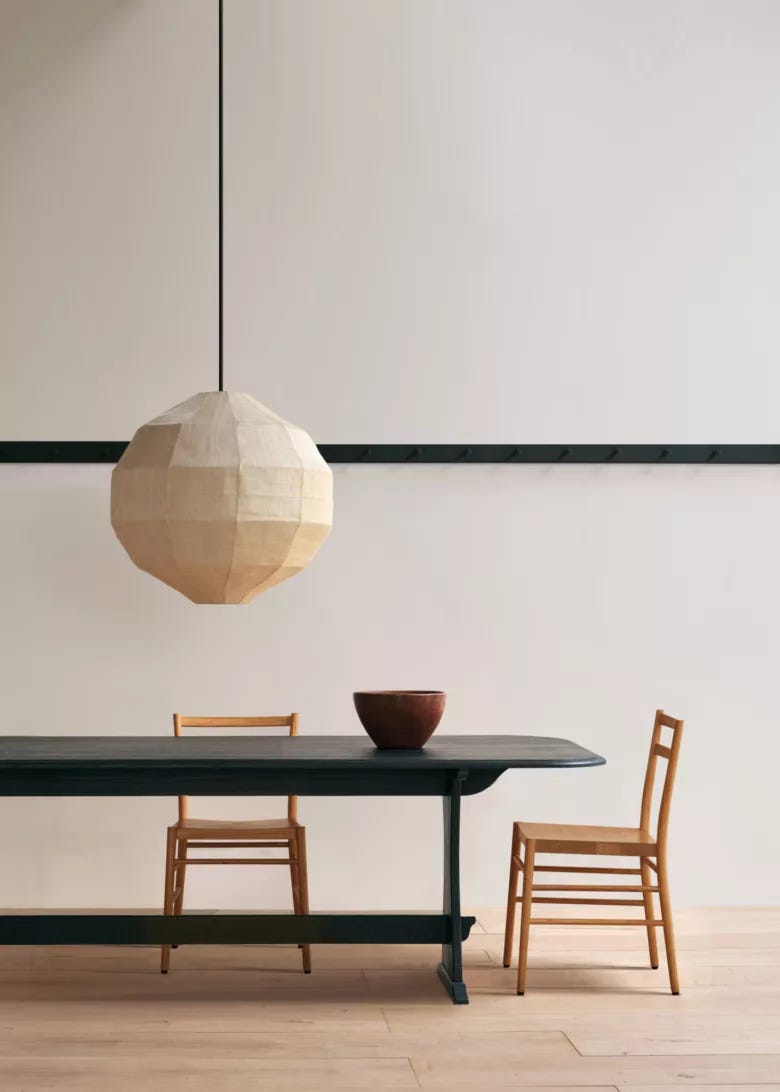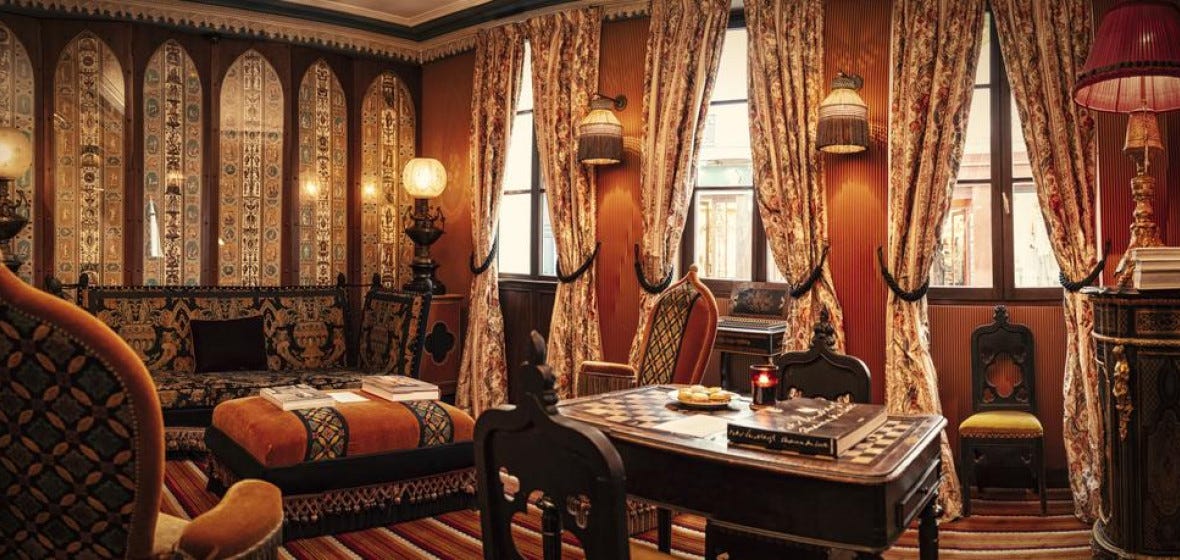Maximalist or minimalist? Which one are you – and how to do it right if you are in the middle.
If you believe as I do, that home plays a vital role in your mental health, it’s important to understand your style so you can decorate in a way that supports you, both mentally and physically.
One of the most important takeaways that I hope you will gain from following these pages is that trends are very much optional. My mission (hell, my passion) is to help you work out your interior design style so that your home not only tells your story but supports you in all aspects of your life.
A home that is decorated correctly for the people who live there will support them in myriad unspoken ways. The right colours will match and set the mood. The right furniture will support both your bones and your brain. Decorating your home in the way that is right for you will both nurture and inspire. So while it doesn’t matter which way you decorate - whether you are a maximalist or a minimalist or somewhere in the middle - it does matter that you understand what you actually like, so you can decorate to provide what you need.
And from there it’s really important to know how to put a scheme together so that it works. To understand, if you sit between the two extremes, which bits you can take from each to create the perfect space for you. A grey modular sofa is not friends with a riot of flowers and patterns, an upcycled pine cabinet doesn’t want to hang out with a sleek mid-century chair.

While maximalism is currently fashionable, it is a classic style that just happens to be having a moment. And that means you are going to see an awful lot of badly decorated, over-coloured, over-filled, over-stimulating spaces. In the same way, minimalism does not have to mean cold, starkly grey rooms with all personality stripped out of them – even though there are plenty of them out there.
So how do you work out which camp you fall into and, having pitched your tent, how do you get it right? I should stress that it’s not just about maximalism versus minimalism. It’s not just about decluttering (such a punishing word - I prefer editing). Rather, it’s about understanding the way you want to live and creating somewhere that supports you in that.
Last year I interviewed Laurence Llewellyn Bowen, the flamboyant British designer familiar to many from the TV show Changing Rooms. LLB ( as he is otherwise known) is as much historian as designer, and in his latest book, More, he posits the theory that minimalism equates to misogyny. A thought I return to at least once a week.
Why? Because, he argues, minimalism involves a pared-back interior where the soft furnishings are removed, where there are no extraneous ornaments on show or, heaven forbid, a floor-length velvet curtain puddling on the floor. And these elements are the very things that were traditionally provided by women crafting and sewing. Remove those, he adds, and you remove the woman from the space.
Maximalism, on the other hand, celebrates and luxuriates in all that colour and pattern. It positively begs you to embroider a cushion, add a fringe, throw on some more. And that is where things get complicated. Because, to paraphrase another popular adage – more may indeed be more, but more may also be a mess. And that is where the power of the edit comes in. As Coco Chanel is alleged to have said: “Before you leave the house, look in the mirror and remove one accessory.”
So maximalism is not as simple as it sounds. It’s not about everything in the same way that minimalism is not about nothing. Done carelessly, maximalism will look like you couldn’t decide, so you used everything. A successful maximalist scheme is just as disciplined as a minimal one - it’s just created to look as if it was casually thrown together. Done without attention to the smallest detail, minimalism will look like you ran out of money before the end.
So here are some guidelines for each and what do to if your taste lies somewhere in between - the minimal maximalist or maximalism for minimalists.






